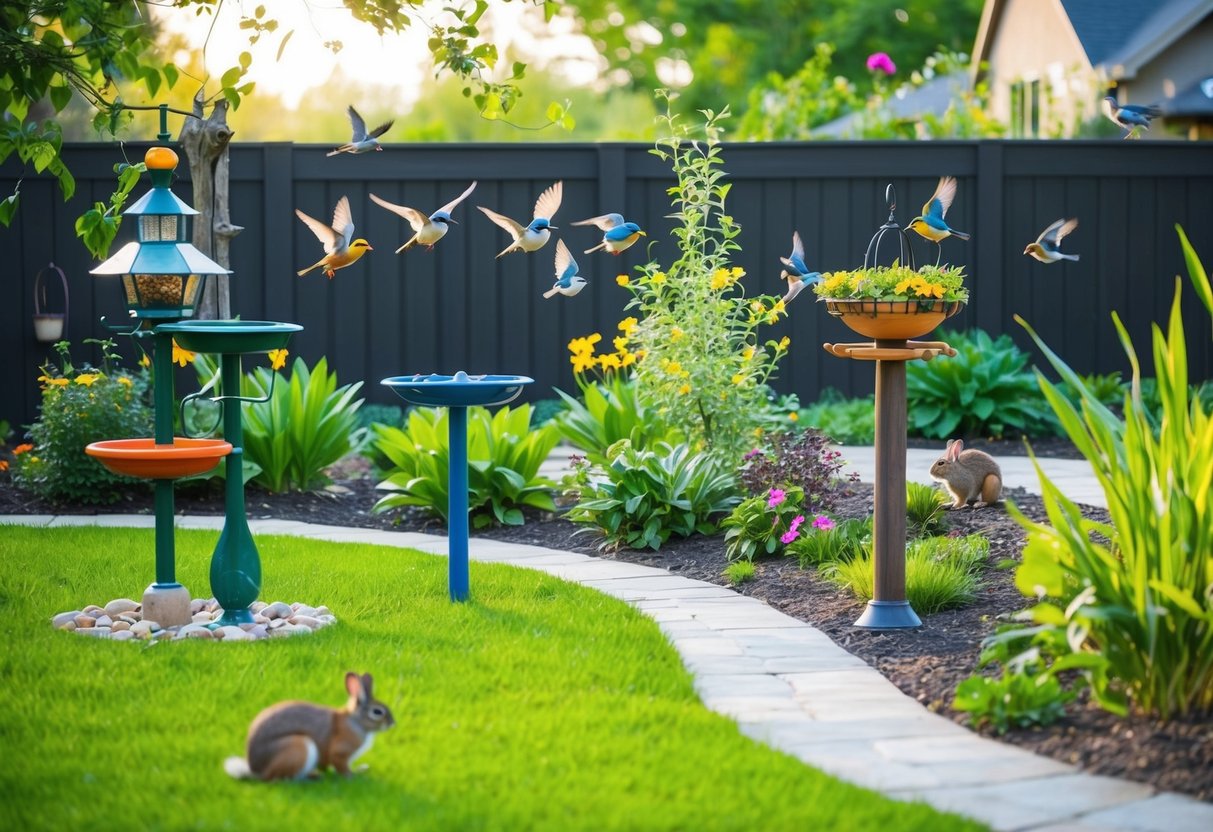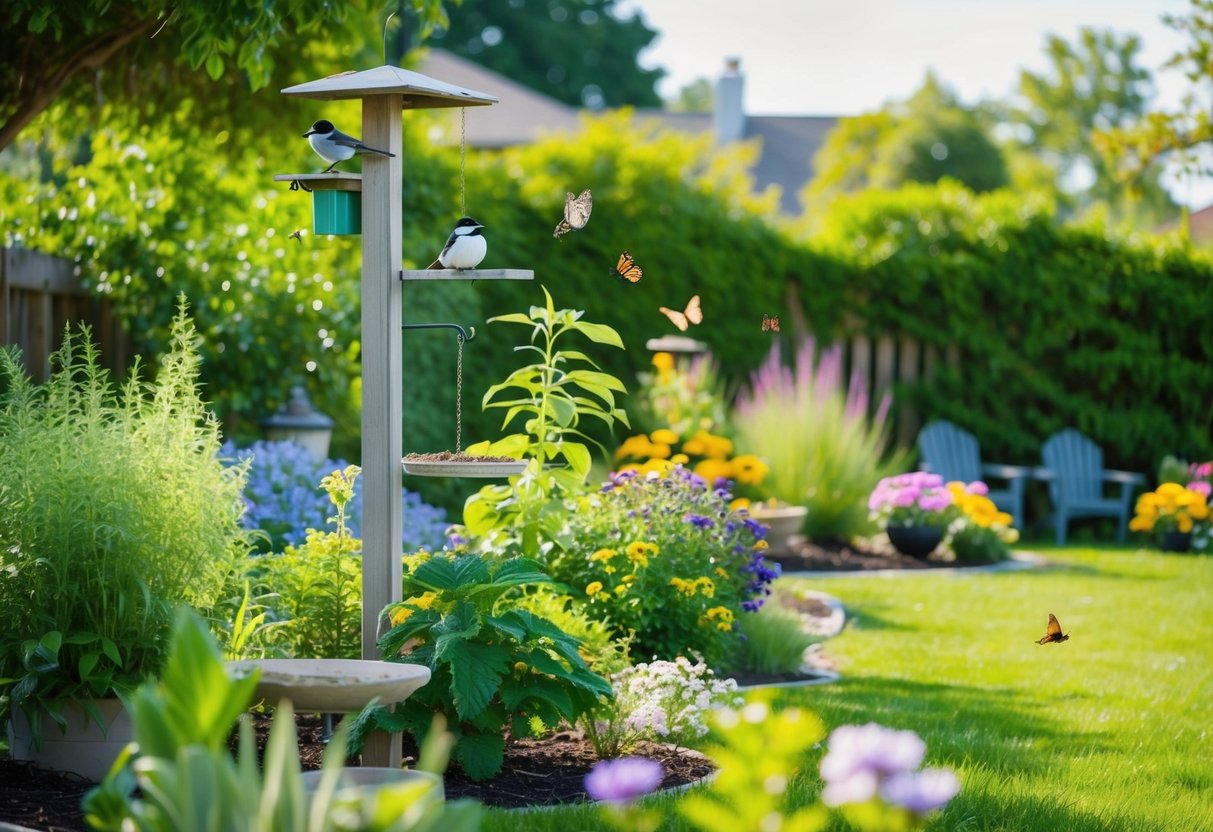
Incorporating Water Features and Ponds
Water features serve as essential elements in a wildlife-friendly landscape, offering hydration, bathing, and habitat opportunities. Small ponds nurtured with native aquatic plants help invite a range of amphibians, insects, and birds.
Water fountains or birdbaths ensure a continuous supply of fresh water, which is crucial for wildlife survival. Water features need to be monitored for cleanliness and safety without introducing harmful chemicals.
In cold regions, features should incorporate heating elements or unfrozen sections to ensure availability year-round. Water sources significantly elevate the ecological value of any landscape by attracting a broader range of wildlife.
Creating Wildflower Meadows and Brush Piles
Wildflower meadows contribute greatly to attracting pollinators such as butterflies, bees, and hummingbirds. Selecting a mix of native wildflowers ensures blooming throughout the seasons, providing sustenance consistently for local species.
Meadows are low-maintenance and require less watering or mowing. Brush piles, formed from twigs, branches, and leaves, complement meadows by providing cover for birds, insects, and small mammals. These piles act as protection against predators and harsh weather conditions.
Together, wildflower meadows and brush piles enhance the habitat value by promoting a rich ecosystem, supporting various species while increasing the overall aesthetic value of the landscape.
Choosing the Right Plants for Your Backyard

Creating a bird-friendly backyard involves selecting plants that cater to local wildlife. It’s important to incorporate options that will attract pollinators while supporting a variety of bird species.
Benefits of Native Plants and Grasses
Using native plants in a backyard provides numerous advantages. These plants are adapted to local climate and soil conditions, requiring less maintenance and fewer resources. This makes them ideal for creating a sustainable environment. Native grasses, in particular, offer shelter and nesting materials for birds, enhancing the habitat.
In addition to providing food sources, native plants and grasses support a diverse array of beneficial insects. These insects are crucial for maintaining the health of the ecosystem by acting as pollinators and pest controllers. Integrating native shrubs and berry-producing plants also ensures a consistent supply of food throughout the year.
Attracting Pollinators with Perennials and Shrubs
Perennials like coneflowers are exceptional for attracting pollinators, including bees and butterflies. These plants offer long-lasting blooms that provide nectar and pollen, contributing to the garden’s vibrancy and biodiversity. Involving perennials in landscaping plans helps support the lifecycle of these pollinators.
Native shrubs also enhance a backyard’s appeal to wildlife. They offer both food and shelter for birds and insects. Many of these shrubs, especially those that produce berries, are crucial food sources during the winter months. By planting a variety of shrubs and perennials, one can ensure that the backyard supports wildlife year-round.